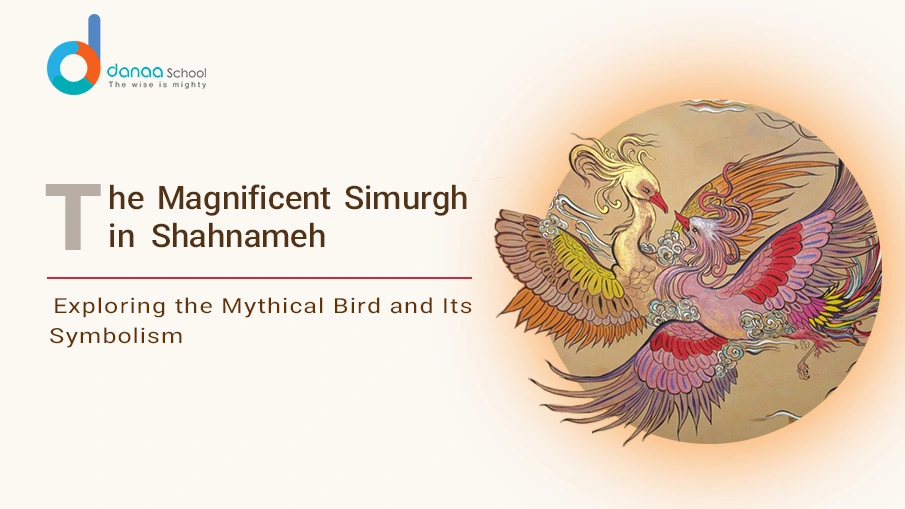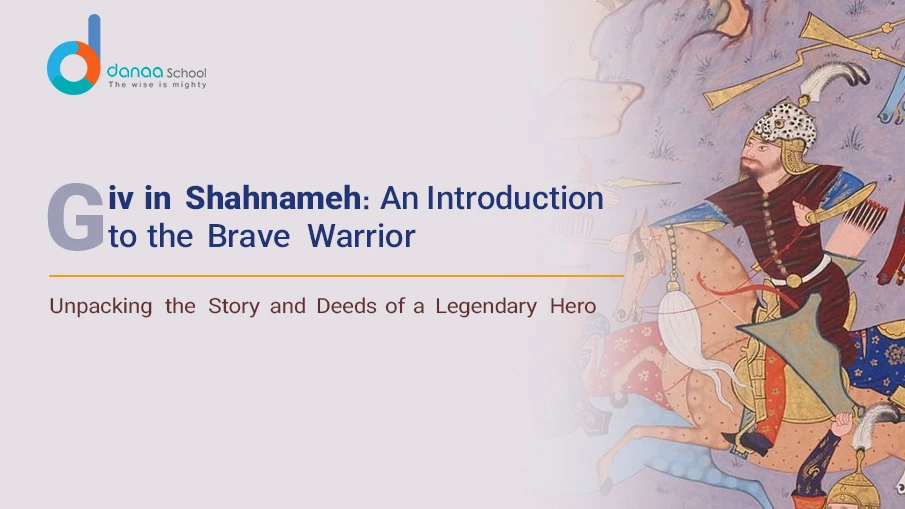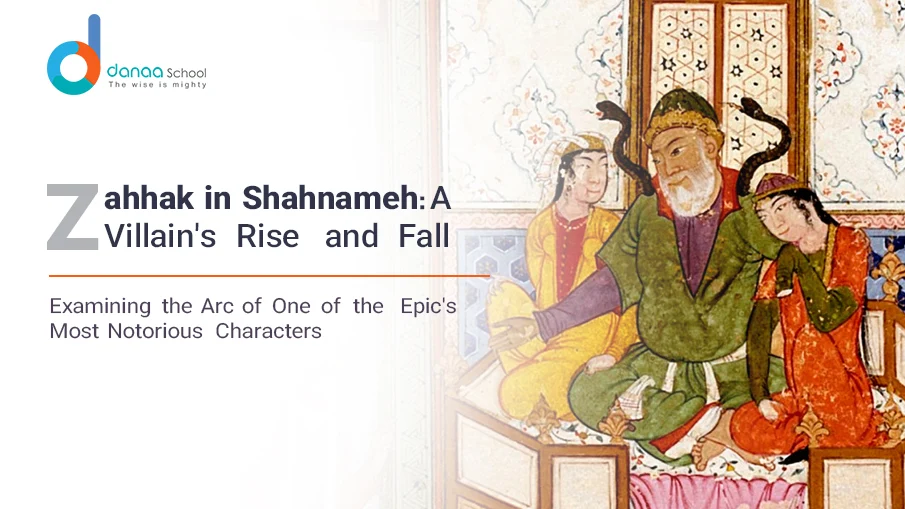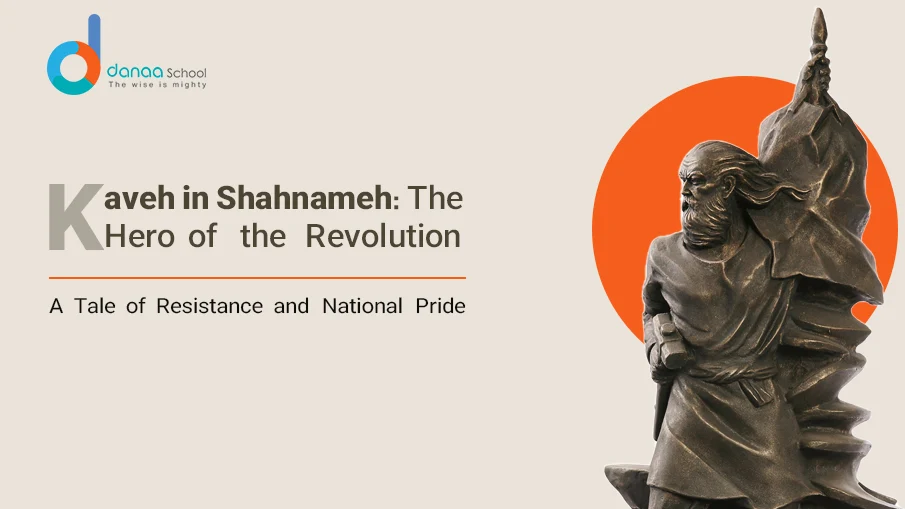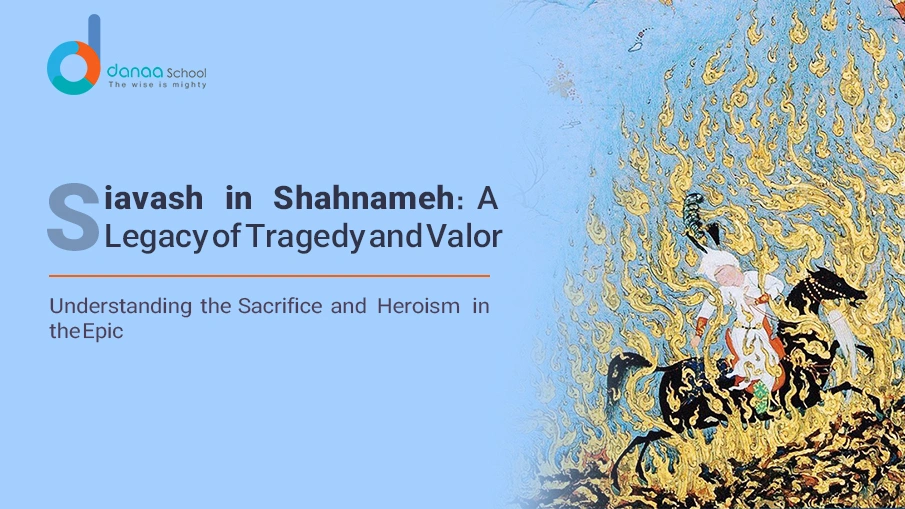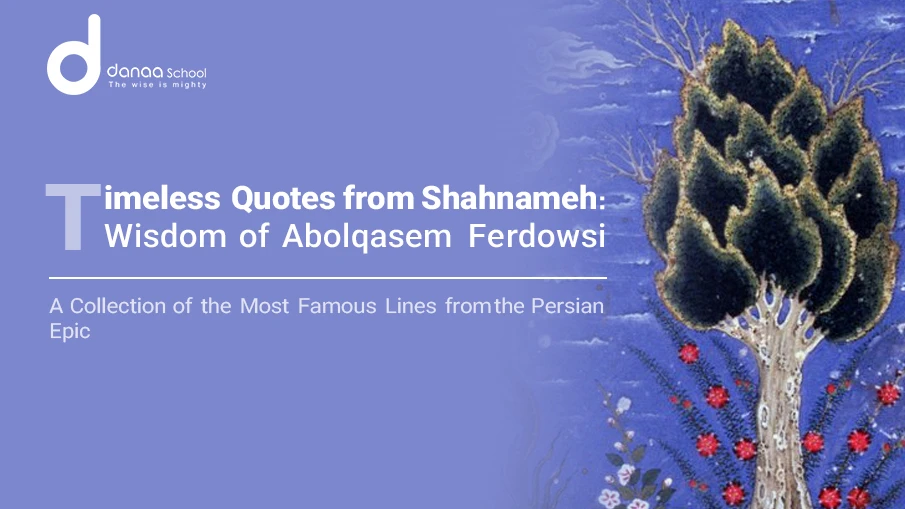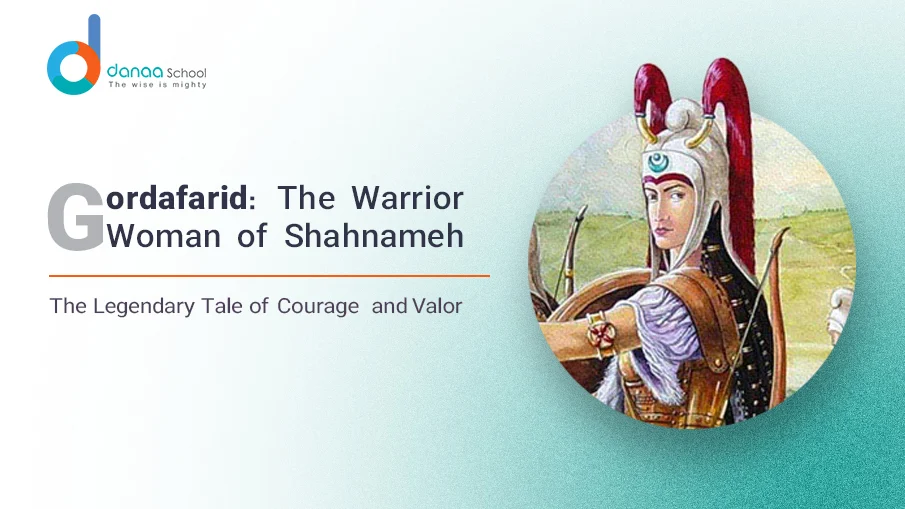The Simurgh Shahnameh, a captivating creature of Persian mythology, has fascinated generations with its enigmatic presence and profound symbolism. Its roots explore the rich tapestry of Persian culture, intertwining with ancient beliefs, folklore, and literature to create a captivating narrative transcending time and space. From the towering peaks of the Alborz Mountains to the bustling bazaars of Tehran, Simurgh’s influence permeates every aspect of Iranian society, serving as a potent symbol of wisdom, protection, and transcendence.
Etymology of the Simurgh Shahnameh
The origins of the Simurgh’s name trace back to ancient Persian and Avestan languages, reflecting its deep-rooted connection to Iranian heritage. Linguistic scholars have dissected the word “Simurgh,” unraveling its layers of meaning and significance. Some trace it back to the Avestan term “saena meregha,” meaning “eagle bird.” In contrast, others argue for its derivation from the Middle Persian term “senmurv,” signifying a mythical bird with dog-like features. Regardless of its etymological nuances, the name Simurgh evokes a sense of mystery and wonder, beckoning knowledge seekers to unravel its secrets.
Mythology Surrounding the Simurgh
In Iranian art, the Simurgh is depicted as a winged creature in the shape of a bird, gigantic enough to carry off an elephant or a whale. Its appearance varies, sometimes featuring a dog’s head and a lion’s claws, and other times with a human face. The Simurgh is inherently benevolent, symbolizing purity, wisdom, and fertility in Iranian culture. Legends abound with tales of the Simurgh’s benevolence, from rescuing lost travelers in the wilderness to imparting sage advice to seekers of truth. Its wings said to span the heavens, offer protection to those in need and guidance to those who seek enlightenment.
Simurgh in Persian Literature
The Simurgh’s presence in Persian literature, notably in Ferdowsi’s Shahnameh and the poetry of Sufi mystics like Attar of Nishapur, enriches its cultural significance. Ferdowsi, often hailed as the Shakespeare of Persia, immortalized the Simurgh in his epic poem, depicting it as a wise and noble creature who bestows gifts upon those deemed worthy. In Sufi poetry, the Simurgh assumes symbolic significance, representing the soul’s journey towards spiritual awakening and union with the divine. Through allegory and metaphor, poets and storytellers weave intricate tapestries of meaning, inviting readers to contemplate the deeper truths of the Simurgh.
Simurgh in Other Cultures
Beyond Persian borders, the Simurgh’s influence extends into Arabic-speaking regions, where it merges with local mythologies, contributing to the development of mythical beings like the rukh. In Kurdish folklore, the Simurgh, known as “sīmir,” features in tales of heroism and salvation, showcasing its enduring appeal across diverse cultural landscapes. Simurgh’s migration across linguistic and cultural boundaries speaks to its universal resonance, transcending geopolitical divides to unite humanity in a shared appreciation for myth and legend.
Physical Traits of the Simurgh
In the vibrant canvas of Iranian art, the Simurgh manifests as a majestic creature, its form a harmonious fusion of diverse elements. With the wingspan to eclipse mountains and the strength to carry off elephants and whales, the Simurgh commands awe and reverence. Its visage, a captivating blend of avian and terrestrial features, portrays a dog’s head, a lion’s claws, and sometimes even a human countenance. Artists and artisans have sought to capture the essence of the Simurgh through intricate tapestries, dazzling mosaics, and ornate manuscripts, each rendition a testament to the enduring allure of this mythical marvel.
Family of the Simurgh
While tales of the Simurgh vary across folklore and literature, common themes often depict the creature as a solitary being or the nurturing guardian of orphaned souls. In the epic narratives of Persian mythology, the Simurgh emerges as a compassionate figure, rescuing and nurturing individuals like Prince Zal, who are adrift in a world of adversity. Its role as a protector and mentor underscores its significance as a symbol of divine guidance, offering solace to those in need and inspiring those who dare to dream.
Other Names for the Simurgh
Known by various names such as senmurv, simorg, simoorg, and simorq, these appellations resonate across cultures and regions, echoing the timeless allure of this mythical being. Despite linguistic variations, the essence of the Simurgh remains constant, symbolizing purity, wisdom, and transcendence across diverse cultural landscapes. From the deserts of Persia to the steppes of Central Asia, the Simurgh’s name is whispered in reverence, a testament to its enduring legacy as a symbol of hope and enlightenment.
Powers and Abilities of the Simurgh
Beyond its imposing appearance, the Simurgh possesses many powers and abilities that elevate it to the realm of the divine. Legends speak of its agelessness, with the Simurgh witnessing the rise and fall of civilizations, embodying the knowledge of all ages. Its role as a cleaner of land and water underscores its significance in Iranian cosmology, bestowing fertility and abundance upon the earth. The Simurgh’s celestial wings carry it across the heavens, bridging the gap between the mortal realm and the divine, offering solace to the weary and enlightenment to the seekers of truth.
Modern-Day Influence of the Simurgh
Despite the passage of centuries, the allure of the Simurgh endures, influencing contemporary art, literature, and cultural discourse. From intricate tapestries to modern-day novels, the Simurgh inspires creativity and imagination, bridging the gap between past and present. Its timeless symbolism resonates with audiences worldwide, serving as a poignant reminder of the enduring power of myth and legend in shaping our collective consciousness. In an age of uncertainty and upheaval, the Simurgh’s message of hope and enlightenment shines brightly, guiding humanity towards a future filled with promise and possibility.
Why Danaa School?
Danaa School is committed to preserving and promoting the rich cultural heritage of Persian literature, including the timeless tales of heroes like Sam Shahnameh. With a curriculum designed to inspire and educate, Danaa School allows students to explore the epic world of the Shahnameh and discover the profound wisdom and beauty contained within its pages. Through engaging lessons, interactive activities, and immersive experiences, Danaa School students learn about the legendary figures of Persian mythology and develop a deeper appreciation for the cultural heritage that continues to shape their identity and worldview.
Conclusion
In conclusion, the Simurgh Shahnameh is a timeless symbol of Persian culture, embodying wisdom, protection, and transcendence. From its majestic appearance to its profound mythology, the Simurgh captivates hearts and minds with its enigmatic allure. Across the centuries, its influence remains undiminished, as a beacon of inspiration for future generations. As long as there are storytellers to weave its tales and artists to capture its image, the Simurgh will continue to soar across the skies of imagination, reminding us of the boundless potential of the human spirit.
Are you fascinated by the timeless tales of heroes and legends from Persian mythology? Do you want to explore the epic world of the Shahnameh and discover the wisdom and beauty hidden within its pages? Look no further than Danaa School’s Shahnameh classes! Enroll now.
FAQs
1. **Is the Simurgh similar to the phoenix in mythology?**
– While mythical birds, the Simurgh and the phoenix are distinct creatures with distinct origins and symbolism. The Simurgh is rooted in Persian mythology, while the phoenix originates in Greek and Egyptian lore. Each embodies different themes and concepts, reflecting the unique cultural contexts from which they arise.
2. **What does the Simurgh symbolize in Persian culture?**
– The Simurgh symbolizes purity, wisdom, and transcendence in Persian culture, serving as a guardian and guide for those in need. Its benevolent presence is believed to offer protection and enlightenment to seekers of truth, embodying the ideals of virtue and enlightenment cherished in Iranian society.
3. **Are there any modern adaptations featuring the Simurgh?**
– Yes, the Simurgh continues to inspire contemporary artists, writers, and filmmakers, appearing in various media and cultural expressions. From animated films to graphic novels, Simurgh’s timeless appeal transcends traditional boundaries, captivating audiences of all ages with its mystical allure.
4. **What lessons can be learned from Simurgh’s stories?**
– The tales of the Simurgh teach valuable lessons on compassion, resilience, and the pursuit of knowledge, resonating with audiences of all ages. Through its adventures and encounters with mortals, the Simurgh imparts wisdom and guidance, encouraging listeners to embrace the transformative power of self-discovery and spiritual growth.
5. **Is there a specific reason why the Simurgh is depicted as a composite creature?**
– The composite nature of the Simurgh symbolizes its multifaceted character and ability to transcend conventional boundaries, reflecting the complexity of the human experience. By embodying elements of various creatures, the Simurgh serves as a metaphor for the interconnectedness of all life and the unity of diverse perspectives.
6. **Is the Simurgh worshipped as a deity in Persian mythology?**
– While the Simurgh holds significant cultural and symbolic importance in Persian mythology, it is not typically worshipped as a deity in the same way as gods or goddesses. Instead, it is revered as a mystical being embodying virtues such as wisdom, protection, and fertility. Its presence is often invoked in rituals and ceremonies seeking blessings and guidance from the divine.
7. **Are there any real-life animals or birds believed to be inspired by the Simurgh?**
– While the Simurgh is mythical, some scholars have drawn parallels between its characteristics and certain real-life animals or birds. For example, the majestic eagle and the wise owl have been cited as potential inspirations for aspects of Simurgh’s symbolism and lore. With their noble traits and commanding presence, these animals evoke qualities similar to those attributed to the Simurgh in mythology, further enriching its cultural significance and enduring legacy.



